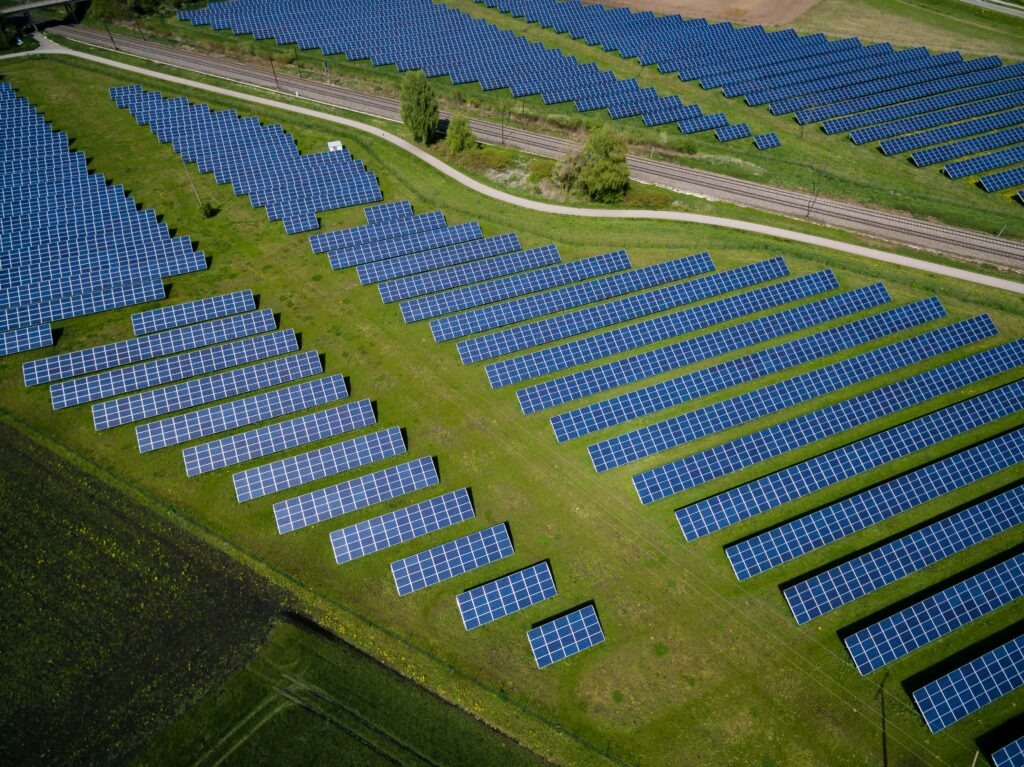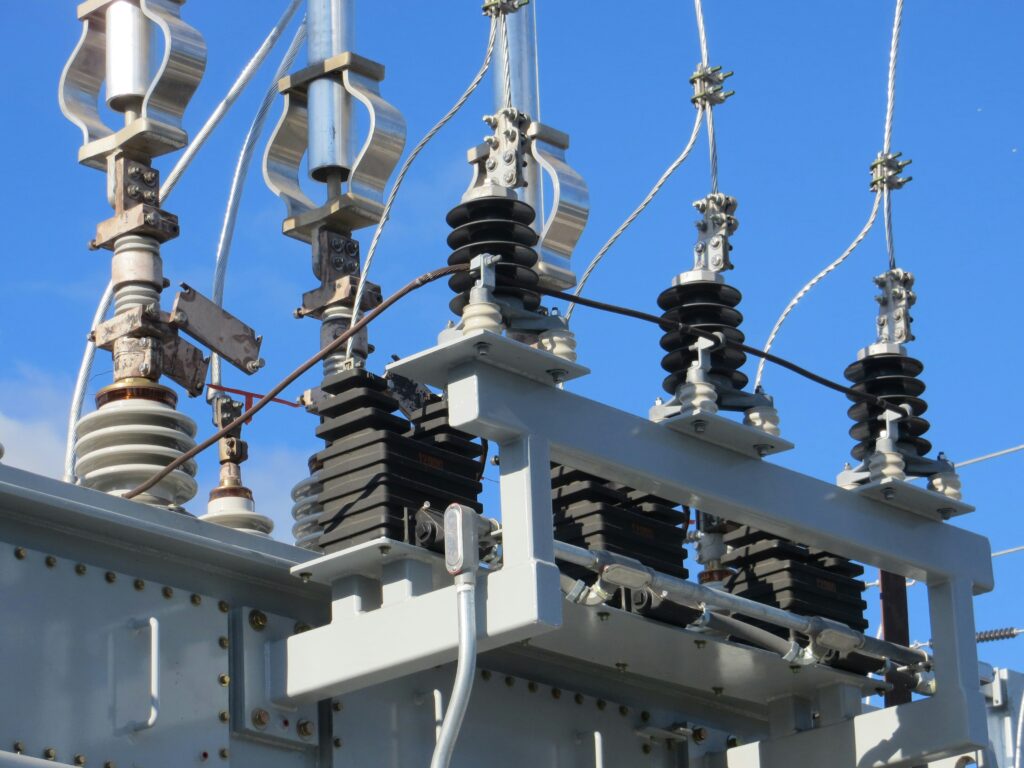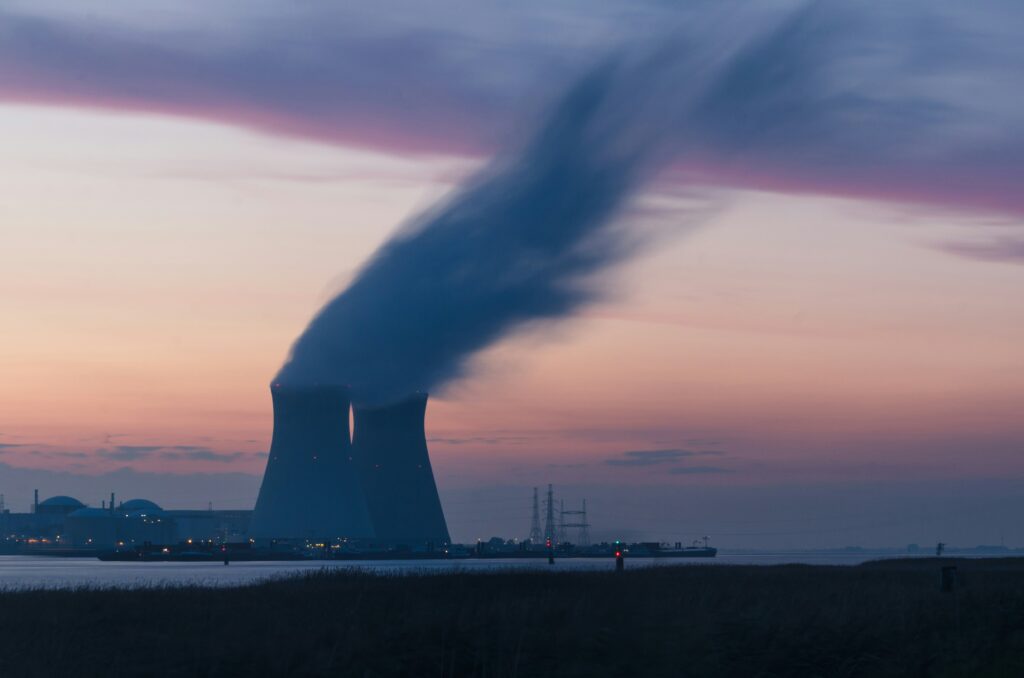WHAT EXACTLY CONSTITUTES ACTIVATION ENERGY
Activation Energy, A Fundamental Concept In Chemistry, Plays An Important Role In Understanding And Predicting The Kinetics Of Chemical Reactions. From Its Definition To Its Applications In Various Fields, This Article Explores The Multifaceted Aspects Of Activation Energy.

I. Introduction
- A. Definition Of Activation Energy
Activation Energy Refers To The Minimum Amount Of Energy Required To Start A Chemical Reaction. It Acts As A Barrier That The Molecules Must Overcome For The Reaction To Proceed. This Energy Is Important In Determining The Rate Of Reactions And Whether They Will Occur Spontaneously.
- B. Importance In Chemical Reactions
Understanding Activation Energies Is Paramount In Understanding The Complexities Of Chemical Reactions. It Provides Insight Into The Reaction Mechanism, Influencing Factors, And Overall Reaction Kinetics. Without This Fundamental Concept, Predicting And Controlling Reactions Will Be A Difficult Challenge.
- C. Historical Background
The Concept Of Activation Energy Has Its Roots In The Late 19th Century. The Pioneering Work Of Scientists Such As Svante Arrhenius Laid The Foundation For Our Understanding Of How Energy Affects Chemical Changes. This Historical Context Sets The Stage For Appreciating The Development Of Activation Energy Studies.
2. Basics Of Chemical Reactions
- A. Overview Of Chemical Reactions
Chemical Reactions Involve The Transformation Of Reactants Into Products Along With Changes In Energy. The Activation Energy Serves As The Boundary That Separates The Initial State From The Transition State, And Determines The Probability Of The Reaction Occurring.
- B. Role Of Activation Energy In Reactions
Activation Energy Determines The Reaction Rate. Reactions With Lower Activation Energies Proceed Faster, While Reactions With Higher Activation Energies Proceed Slower. This Aspect Is Important In Industrial Processes, Where Reaction Speed Directly Affects Efficiency.
- C. Importance In Rate Determination
The Rate Of A Chemical Reaction Is Intricately Linked To The Activation Energy. This Relationship Is Expressed Mathematically Through The Arrhenius Equation, Which Provides A Quantitative Understanding Of How Temperature Affects Reaction Rates.

3. Understanding Energy Barriers
- A. Concept Of Energy Barrier
Activation Energy Acts As A Barrier, Preventing Reactions From Occurring Spontaneously. Visualizing This Constraint Is Essential To Understand Why Some Reactions Are Fast And Others Slow.
- B. Factors Affecting Energy Barrier
1. Temperature
Temperature Is A Major Determinant Of Activation Energy. As The Temperature Increases, Molecules Gain Kinetic Energy, Making Them More Likely To Overcome Their Energy Barrier And Initiate A Reaction.
2. Molecular Collision
The Frequency And Force Of Molecular Collisions Affect The Activation Energy. Effective Collisions Between Molecules Are Necessary To Overcome The Energy Barrier And Facilitate The Reaction.
3. Molecular Orientation
The Specific Alignment Of The Reacting Molecules Also Affects The Activation Energy. Proper Orientation Increases The Probability Of Successful Collision, Reducing The Energy Barrier.
4. Measurements And Units
- A. Units Of Activation Energy
Activation Energy Is Measured In Energy Units Per Mole (For Example, Kilojoules Per Mole). This Standardized Unit Facilitates Comparison Between Different Reactions.
- B. Experimental Techniques
1. Arrhenius Equation
Developed By Svante Arrhenius, The Arrhenius Equation Relates Temperature And Reaction Rate, Providing A Method Of Determining Activation Energy Through Experimental Data.
2. Transition State Theory
This Theoretical Framework Delves Deeper Into The Concept Of The Transition State, A Transitory Stage During A Reaction Where The Highest Energy Point Is Reached. Understanding This Situation Is Important To Understand Activation Energy.

5. Activation Energy In Biological Systems
- A. Enzymes And Activation Energy
Biological Systems Rely Heavily On Enzymes To Catalyze Reactions. Enzymes Lower The Activation Energy By Providing An Alternative Reaction Pathway, Making Biochemical Processes More Efficient.
- B. Cellular Processes And Activation Energy
Cellular Functions Ranging From Metabolism To Dna Replication Are Controlled By Activation Energy. Precise Regulation Of These Energy Constraints Is Critical For Maintaining Cellular Homeostasis.
- C. Biological Importance
Activation Energy In Biology Extends Beyond Individual Reactions, Affecting The Overall Health And Functioning Of Living Organisms. Resolving These Complexities Increases Our Understanding Of Life Processes.

6. Real World Applications
- A. Industrial Processes
1. Chemical Synthesis
In Chemical Industries, Optimization Of Activation Energy Is Important For Efficient Synthesis Of Various Compounds. Understanding Reaction Dynamics Helps Design Processes With Maximum Yield And Minimum Energy Input.
2. Catalysis
Catalysts Play An Important Role In Lowering The Activation Energy, Enabling Reactions To Proceed Under Mild Conditions. This Has Far-Reaching Implications For Sustainability And Resource Conservation In Industrial Settings.
- B. Environmental Implications
1. Combustion Reactions
Understanding Activation Energy Is Essential In Combustion Reactions, Such As Powering Engines. Efficient Combustion With Low Activation Energy Contributes To Reduced Fuel Consumption And Emissions.
2. Pollution Control
Controlling Activation Energy In Industrial Processes Helps Reduce Environmental Impact. Efforts To Develop Catalytic Converters And Green Technologies Are Aimed At Reducing Activation Energies In Pollutant Transformation Reactions.
7. Role Of Activation Energy In Everyday Life
- A. Cooking And Activation Energy
Cooking Involves Innumerable Chemical Reactions, Each With Its Own Activation Energy. From The Maillard Reaction In Browning Meat To The Fermentation Of Bread, Understanding These Energy Constraints Enhances Culinary Skill.
- B. Combustion In Transport
The Combustion Of Fuel In Engines Is A Prime Example Of Activation Energy In Action. Efficient Combustion Not Only Powers Vehicles But Also Impacts Fuel Efficiency And Environmental Sustainability.
- C. Metabolism In The Human Body
Metabolic Processes In The Human Body Are Controlled By Activation Energy. Enzymes Facilitate Reactions In Pathways Such As Glycolysis, Ensuring That Energy Release Is Controlled And Regulated.

8. Quantum Mechanics Perspective
- A. Quantum Tunneling
Quantum Mechanics Introduces The Concept Of Tunneling, Where Particles Can Pass Through Energy Barriers Without Gaining The Required Energy. This Phenomenon Challenges Traditional Activation Energy Models.
- B. Energy States And Activation Energy
Quantum States And Energy Landscapes Provide A Deep Understanding Of Activation Energies At The Molecular Level. The Interplay Between Quantum Phenomena And Classical Activation Energy Models Is A Fascinating Area Of Research.
- C. Theoretical Approach
Advances In Theoretical Frameworks, Such As Density Functional Theory, Contribute To Refining Our Understanding Of Activation Energies From A Quantum Perspective. Bridging The Gap Between Macroscopic Observations And Quantum-Level Phenomena Is A Current Challenge.
9. Importance In Materials Science
- A. Synthesis Of Materials
Activation Energy Is Important In Physics To Synthesize Compounds With Specific Properties. Tailoring Energy Barriers Enables The Creation Of Materials With Desired Structural And Functional Characteristics.
- B. Effect On Physical Properties
Material Properties, From Conductivity To Durability, Are Affected By Activation Energy. Fine-Tuning These Properties Through Controlled Energy Barriers Opens Avenues For Novel Materials With Diverse Applications.
- C. Advances In Technology
Technological Progress Often Depends On Breakthroughs In The Physical Sciences. Manipulation Of Activation Energy Has Led To The Development Of Novel Materials With Applications In Electronics, Medicine, And Renewable Energy.
10. Challenges And Controversies
- A. Debate In The Scientific Community
The Exact Nature Of The Activation Energy And Its Measurement Methods Have Sparked Debate Among Scientists. Clarifying These Discussions Is Necessary To Refine Existing Models And Theories.
- B. Alternative Theory
Some Researchers Propose Alternative Theories That Challenge Traditional Activation Energy Concepts. Exploration Of These Alternatives Promotes A More Comprehensive Understanding Of The Energy Barriers In Chemical Reactions.
- C. Unresolved Questions
Despite Decades Of Research, Some Aspects Of Activation Energy Remain Mysterious. Solving These Mysteries Requires Interdisciplinary Efforts And Cutting-Edge Technologies.

11. Development Of Activation Energy Research
- A. Milestones In Activation Energy Studies
Highlighting Major Milestones In Activation Energy Research Reflects The Progress Of Knowledge In This Field. From Early Principles To Modern Applications, Each Milestone Represents A Significant Leap Forward.
- B. Modern Technology And Equipment
Advances In Experimental Techniques And Instrumentation Have Revolutionized Activation Energy Studies. Modern Spectroscopy, Imaging, And Computational Tools Provide Unprecedented Insight Into Molecular Processes.
- C. Current Research Area
The Identification Of Current Research Areas Highlights The Dynamic Nature Of Activation Energy Studies. From Discovering Novel Catalysts To Understanding Quantum Effects, Researchers Continue To Push The Boundaries Of Knowledge.
12. Educational Importance
- A. Teaching Of Activation Energy In Schools
Incorporating Activation Energy Concepts Into The School Curriculum Increases Students’ Understanding Of Fundamental Chemical Principles. Practical Experiments And Real-World Examples Make This Abstract Concept Concrete.
- B. Importance In Chemistry Syllabus
Activation Energy Holds A Central Place In Chemistry Education. Its Inclusion In The Curriculum Ensures That Future Generations Of Scientists And Engineers Have A Solid Foundation In Reaction Dynamics.
- C. Educational Resources And Tools
Digital Platforms And Educational Tools Provide Interactive Ways To Learn About Activation Energy. Virtual Simulations And Multimedia Resources Engage Students, Making Complex Concepts More Accessible.

13. Future Prospects
- A. Emerging Technologies
As Technology Advances, New Ways To Study Activation Energy Emerge. Innovative Techniques Such As Single-Molecule Spectroscopy And Advanced Computational Simulations Promise Deeper Insights.
- B. Possible Searches
Exploring Uncharted Territories In Activation Energy Research Can Reveal Unexpected Discoveries. From Opening Up New Reaction Pathways To Refining Existing Theories, The Future Holds Exciting Possibilities.
- C. Application In Unknown Areas
Beyond The Traditional Domain, Activation Energy May Also Find Applications In Yet-To-Be-Discovered Areas. Interdisciplinary Collaboration Can Lead To Breakthroughs In Areas Such As Medicine, Energy Storage, And Environmental Remediation.
14. Conclusion
- A. Summary Of Main Points
In Conclusion, Activation Energy Serves As A Gateway To Understanding The Dynamics Of Chemical Reactions. From Its Historical Roots To Contemporary Applications, The Concept Permeates A Variety Of Scientific Disciplines.
- B. Reinforcing The Importance Of Activation Energy
Emphasizing The Important Role Of Activation Energy In Reaction Kinetics, Physics, And Everyday Life Underlines Its Importance. Mastery Of This Concept Empowers Scientists And Engineers To Manipulate Reactions For Practical Purposes.
- C. Final Thoughts On Future Development
As We Stand At The Intersection Of Established Knowledge And Future Possibilities, The Journey Of Activation Energy Research Continues. The Quest To Understand Energy Constraints Fuels Scientific Inquiry, Promising A Future Rich With Discoveries That Will Shape Our Technological Landscape.
